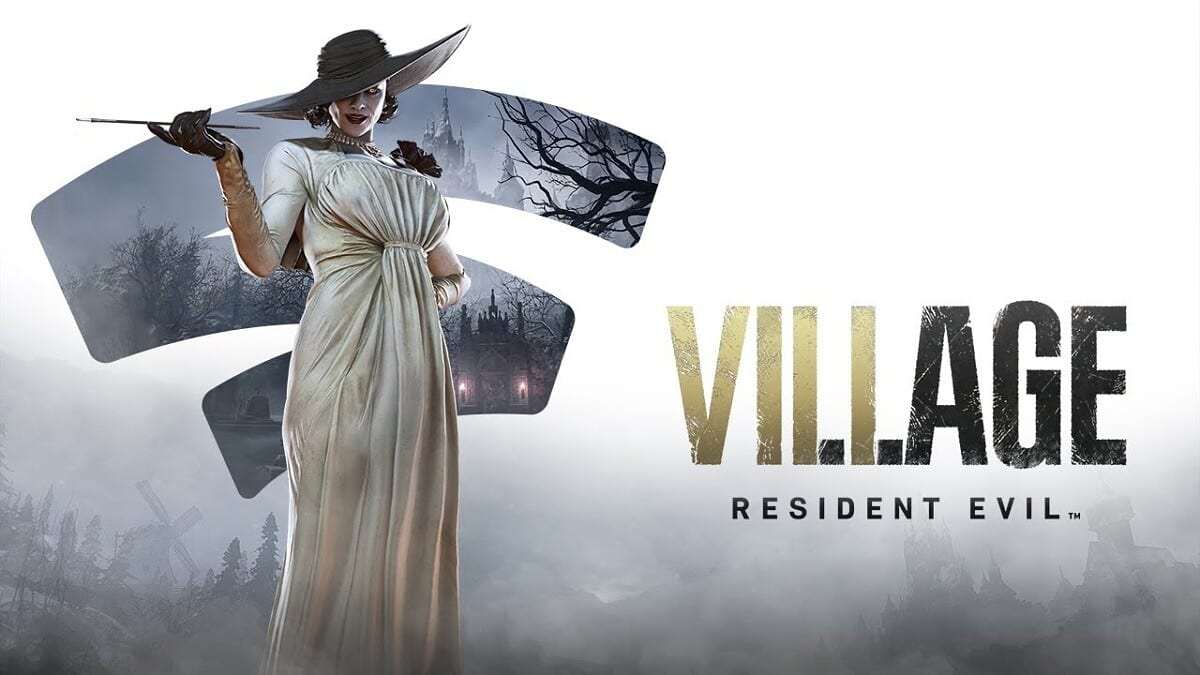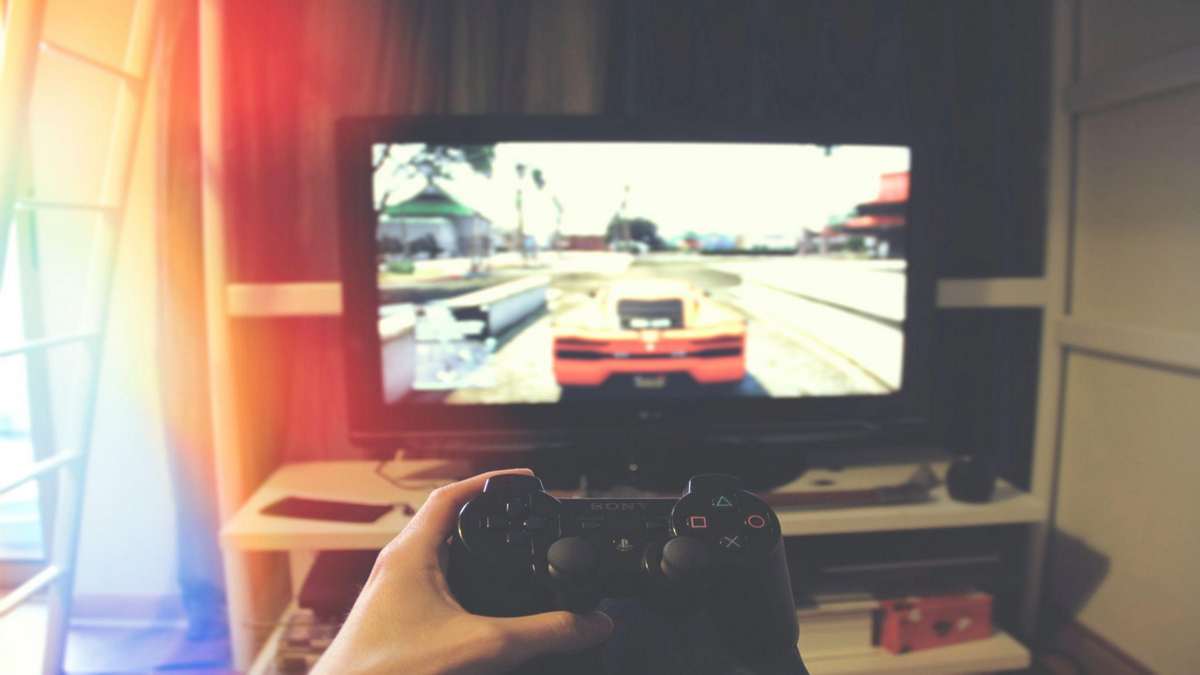
What is Resident Evil: Village, the release of which the players have been waiting for since the first information? Another game about the living dead? A bright release compared to the best live casino Playamo.com? Capcom’s attempt to ride on the series’ popularity or a desire to return to its roots? A resounding hit that gave the world the inimitable Lady Dimitresca? None of the questions can be answered unequivocally, except, perhaps, the last one: the Lady is really great. One thing is certain: Village is a project that is definitely worth playing not only for the fans of the series but for all fans of the horror genre. Let’s talk about the history of Japanese horror and why the last part is a success.
Roots of Nightmare
Resident Evil: Village is quite playable even if you are not familiar with the series as a whole. But it’s better to read about the earlier ones and watch the reviews. First, because early Resident Evil: Village is also very good and atmospheric, and secondly, the appearance of old acquaintances on the screen sometimes just makes you feel old-school.
Let’s start right now and talk briefly about the Resident Evil series: 25 years of history is worth it.
The first part came out in 1996. That’s when the gamers were introduced with Umbrella Corporation and its bio-experiments, the brave Jill Valentine and Chris Redfield, but most importantly – with the very concept of survival horror. Resident Evil could well be called the ancestor of the genre. It assumed that you were limited in ammunition, inventory was modest, saves were rare and not always possible. Gameplay consisted of careful shooting and puzzle solving. Heroes explored a dingy mansion and gradually dealt with zombies. The game, constantly kept in suspense, was received by gamers with gusto. Even the rather naive scenario did not alienate them.
The formula of the first part stuck to Resident Evil 2 (1998) and Resident Evil 3 (1999). But the gameplay was not without additions. In the sequel, you can choose which character you will play the game as: Leon Kennedy or Claire Redfield. The walkthroughs can’t be called completely different, but the opportunity to look at the events from a different perspective is excellent. In the threequel Capcom added character abilities: a jerk and a sharp turn to compensate for the “tank” control. Remasters of these games were recently released: in 2019 – RE 2, and in 2020 – RE 3. If the old games look too chiseled for you, you can play the remakes – they are much more friendly to newcomers.
But the RE 3 remake has a major flaw: it’s too straightforward. Well, at least it’s a chance to face Nemesis in modern graphics.
The release of the fourth part was delayed for a long time. The gap was filled by Resident Evil Code: Veronica (2000) and Resident Evil Zero (2002). Code: Veronica sharply moved the horror to full 3D, without pre-processed two-dimensional backgrounds, plus a great intriguing one of the locations – Antarctica. RE Zero was considered experimental by the then standards of the series: the chests for dropping temporarily unnecessary items disappeared, and most importantly – you could switch between the two heroes and their joint efforts to solve puzzles.
The real revolution, however, came with Resident Evil 4 (2005). Capcom suddenly turned away from the survival horror canon, provided Leon Kennedy with weapons and bullets and began to give away enemies in packs. The series, which previously blended action and action-adventure, was transformed into a shooter with a camera hanging over the shoulder of the character. To the right is a screenshot from RE 4.
Resident Evil 5 (2009) and Resident Evil 6 (2012) followed in its footsteps. Finally it became possible to shoot zombies and mutants in the company of a friend. RE 6 still had co-op, but now we could play not in a linear way, but in chapters, playing as different characters that constantly overlapped with each other. But it was still a shooter, and the horror itself disappeared from the series. With the sixth part, Capcom realized that it wasn’t worth mindlessly copying RE 4 and beyond.
For a while, the studio released remasters of older parts with HD textures. In 2017, Resident Evil 7: Biohazard shot up. For more immersion, the developers introduced a first-person view and locked the user into one location in the old memory. The approach worked, gamers and press appreciated the return to roots and relevant changes.
Gothic Attraction
After the events of the seventh part, Ethan and Mia’s lives gradually improved. The couple had a child, a girl named Rosemary. But in the Village, Chris Redfield and his fellow special forces intervene in the plot again. At first it is not at all clear what is going on, it is only clear that Ethan has to save himself and his child. However, as always, something went wrong. The hero wakes up in the winter woods near a wrecked car. A short walk, and here you and Ethan are already in some half-medieval village with a colorful castle in the background.
Capcom tried hard to stun the gamer with the opening scenes. The first hours fly by in continuous unanswered questions. Why did Chris become a villain? Why does the settlement feel frozen in time? Why are there werewolves running through the streets?
Ruling the place are viviparous lords. Capcom has sensitively invested in their characters. They are the “vampire” Alsina Dimitrescu, the “puppeteer” Donna Beneviento, the fish man Salvator Moreau, and the fabulist Karl Heisenberg who controls magnetic fields. Each charms and repels in her own way, but the main symbol of the game is undoubtedly Lady Dimitrescu. When creating her, the Japanese were guided by the image of the 16th century Hungarian aristocrat Elisabeth Báthory.


